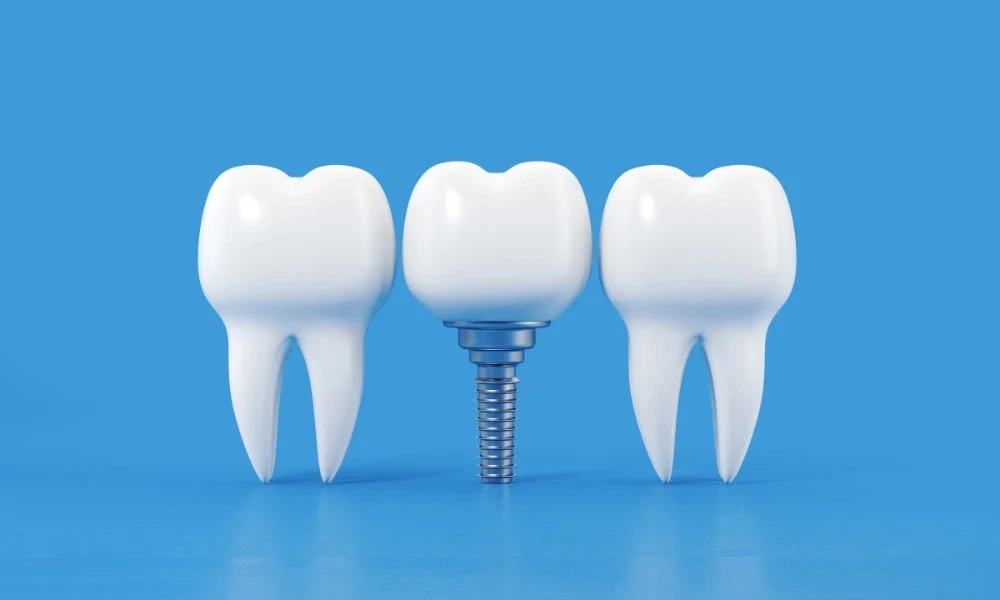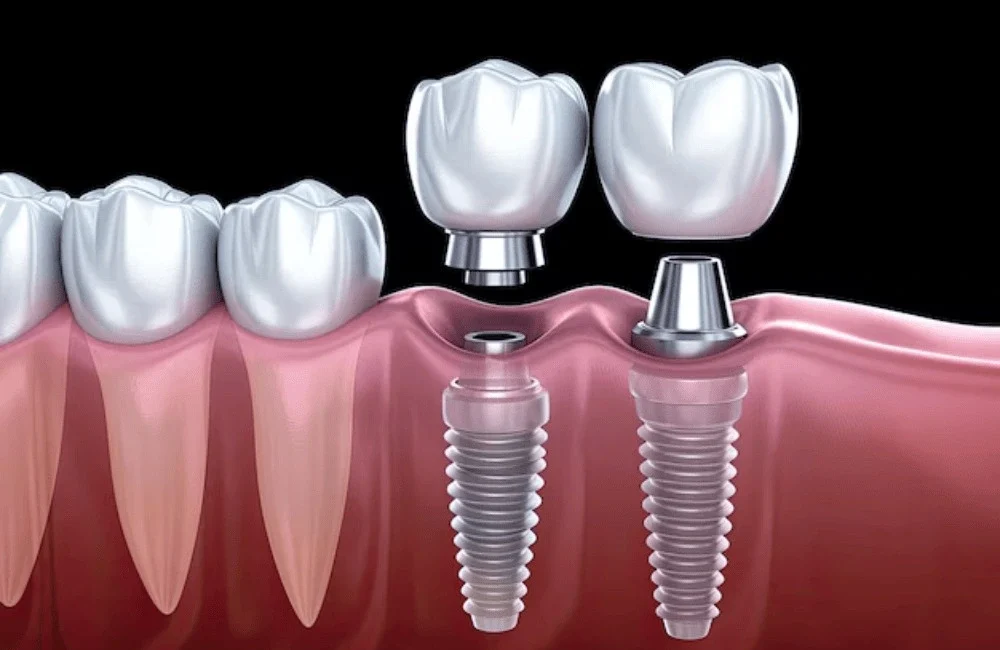Dental implants have transformed dentistry by providing a long-lasting, natural-looking solution for tooth replacement. Behind every successful dental implant lies a sophisticated manufacturing process that combines cutting-edge technology, precision engineering, and strict quality control. This article explores in depth how dental implants are made — from raw material selection to the final sterile product — revealing the complexity and innovation involved.
Understanding Dental Implants and Their Importance
A dental implant is a small, screw-like device surgically placed into the jawbone to serve as an artificial tooth root. It supports crowns, bridges, or dentures, restoring oral function and aesthetics. The manufacturing of a dental implant must meet rigorous standards to ensure biocompatibility, durability, and performance. Failure in any stage of production can affect the implant’s success, highlighting the importance of precise manufacturing.
Materials Used in Dental Implant Manufacturing
Choosing the right material is the foundation of a reliable dental implant. Two materials dominate the industry:
- Titanium: Known for its excellent strength, corrosion resistance, and ability to fuse with bone (osseointegration). Titanium alloys like Ti-6Al-4V are preferred for their mechanical properties and biocompatibility.
- Zirconia: A metal-free ceramic alternative that offers superior aesthetics due to its tooth-like color and excellent biocompatibility. Zirconia implants are gaining popularity, especially among patients with metal sensitivities.
Emerging materials such as PEEK polymers and bioactive coatings are being researched to further enhance implant performance.

Step 1: Designing the Dental Implant
The manufacturing journey begins with meticulous design:
- Computer-Aided Design (CAD): Engineers use CAD software to create detailed 3D models of the dental implant, including the implant body, threads, and connection interfaces.
- Simulation and Analysis: Using Finite Element Analysis (FEA), designs are tested virtually to ensure optimal stress distribution, durability, and compatibility with various jawbone densities.
- Prototyping: Rapid prototyping technologies like 3D printing produce physical models for fit testing and validation.
Design optimization ensures that the dental implant can withstand biting forces and promote bone integration.
Step 2: Sourcing and Preparing Raw Materials
High-quality raw materials are essential for manufacturing a reliable dental implant:
- Medical-grade titanium rods or zirconia blanks are sourced from trusted suppliers with strict quality certifications.
- Materials undergo stringent chemical and physical inspections, including purity tests, grain size analysis, and tensile strength evaluation.
- Traceability systems track material batches from origin through production, critical for quality assurance and regulatory compliance.
Step 3: Precision Machining and Shaping
Dental implants are manufactured with exacting precision using advanced machining techniques:
- CNC Machining: Multi-axis CNC machines carve the implant body from titanium rods or zirconia blocks with micron-level accuracy.
- Threading: Specialized tools cut fine threads on the implant surface to enhance stability and integration with bone.
- Surface Texturing: Techniques like sandblasting, acid etching, or laser treatment roughen the implant surface, increasing the area for bone cells to attach, thus improving osseointegration.
The machining process is continuously monitored using sensors to maintain consistent quality.
Step 4: Heat Treatment and Surface Modification
Post-machining, implants undergo processes to strengthen material properties and improve biological compatibility:
- Heat Treatment: Controlled thermal cycles relieve internal stresses and enhance the mechanical strength of titanium implants.
- Surface Coatings: Hydroxyapatite or bioactive glass coatings may be applied via plasma spraying to stimulate bone growth.
- Nanotechnology Applications: Nanostructured surfaces and antibacterial coatings reduce infection risk and accelerate healing.
These modifications significantly impact the long-term success of the dental implant.
Step 5: Sterilization and Packaging
Ensuring a sterile product is vital for patient safety:
- Implants are sterilized using gamma radiation or ethylene oxide gas, methods that effectively eliminate bacteria and spores without compromising material integrity.
- Packaging materials are carefully selected to maintain sterility and prevent contamination during storage and transport.
- Each implant is sealed in tamper-evident, sterile packaging with detailed labels including lot numbers and expiry dates for traceability.
Step 6: Quality Control and Testing
Every dental implant batch undergoes rigorous testing to meet international standards such as ISO 13485:
- Dimensional Accuracy: Coordinate measuring machines verify implant dimensions and thread profiles.
- Mechanical Testing: Fatigue, tensile, and torsion tests ensure implants can endure physiological stresses.
- Biocompatibility: Cytotoxicity assays and animal implantation studies confirm the safety of materials.
- Surface Analysis: Microscopy and spectroscopy assess surface roughness and coating adherence.
Quality control ensures each dental implant meets or exceeds safety and performance criteria before distribution.

Emerging Manufacturing Technologies
The dental implant industry continually innovates to improve quality and efficiency:
- Additive Manufacturing (3D Printing): Enables customized implants tailored to patient anatomy, reducing material waste and production time.
- Robotics and Automation: Enhance precision in machining and assembly, reducing human error.
- Artificial Intelligence (AI): AI-driven design optimizes implant geometry and predicts clinical outcomes.
- Smart Implants: Development of sensor-embedded implants that monitor healing and detect complications.
These advancements promise to revolutionize how dental implants are produced and utilized.
Environmental Considerations in Implant Manufacturing
Manufacturers are increasingly adopting sustainable practices:
- Recycling titanium scrap and zirconia waste minimizes environmental impact.
- Energy-efficient machinery and processes reduce carbon footprints.
- Eco-friendly packaging solutions limit plastic use and enhance recyclability.
Sustainability efforts align dental implant production with global environmental goals.

